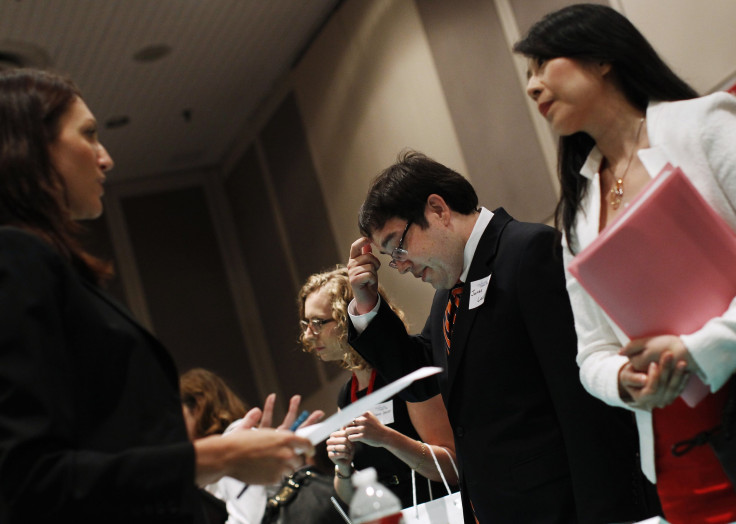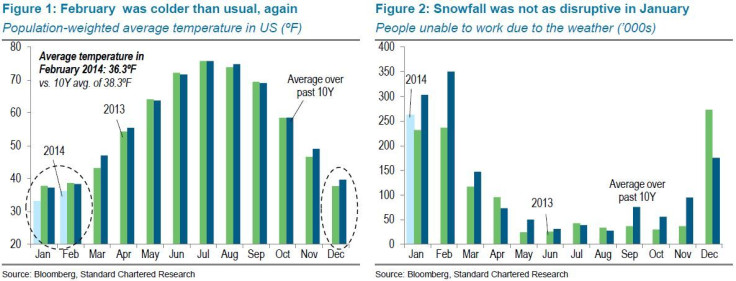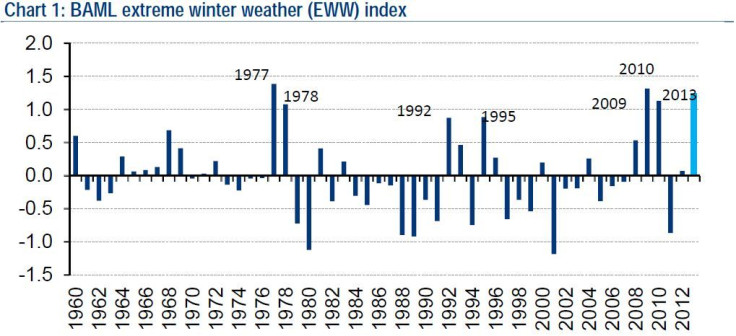US February Jobs Report Preview: Soft Nonfarm Payrolls Gain Won’t Alter Fed Tapering Plan, Unemployment Rate To Hold At 6.6%

Economists are bracing for another weak employment report Friday, as the cold weather continues to inflict pain on the economy. But the U.S. Federal Reserve will likely stick to its plan and taper again at its March 18-19 meeting. (Read more: "6 Takeaways From The February Jobs Report.")
“A third consecutive month of weak payroll growth in February would raise speculation that the Fed will pause the tapering of its asset purchases,” said Paul Dales, senior U.S. economist at Capital Economics. “But because any weakness this month was probably due to the unusually bad weather, we believe the Fed will stick to its current tapering plans.”
The payroll reports for December and January were disappointing. Nonfarm payrolls averaged 205,000 per month in the year to November 2013, but December’s reading was only 75,000 and January’s 113,000.
Harsh weather in February, particularly during the survey’s reference week when a snowstorm hit the East, probably muddied the reading. The snowstorm was particularly brutal for the Southeast, as many businesses were forced to shut operations.

Bank of America Merrill Lynch’s analysis suggests that this winter is the third most severe, just behind 1977 and 2009.

“This finding strengthens our view that the weather has played a major role in the recent soft patch,” said David Woo, head of global rates and currencies at Bank of America Merrill Lynch in New York.
The Labor Department will release the February employment report on Friday at 8:30 a.m. EST.
Payrolls are expected to have risen by 150,000 in February, according to the consensus of 71 economists polled by Thomson Reuters, after an 113,000 advance a month earlier. Projections ranged from 105,000 to 235,000.
Bank of America Merrill Lynch economists led by Ethan Harris expect construction payrolls to decline after rebounding in January from the drop in December. They also look for a similar pattern in the manufacturing jobs, but less extreme.
The ISM manufacturing survey acknowledged that “adverse weather conditions” had impacted businesses. At 52.3, the employment index signals another month of outright decline in manufacturing jobs.
The Wall Street consensus has put manufacturing hiring at 5,000 for February, a notable decline from the 21,000 gain seen in January.
Retail job growth will also likely be sluggish, as the weather made shopping more difficult and consumers dealt with the burden of higher home heating costs, Harris said, adding that a major wildcard is private healthcare jobs, which have been particularly weak the past two months -- it will be interesting to see if there is persistent weakness or a snapback.
Meanwhile, the unemployment rate is forecast to hold steady at 6.6 percent, the lowest level since October 2008. Economists also look for average hourly earnings to rise 0.2 percent and average weekly hours to remain at 34.4 hours in February.
The ADP private payrolls report, due Wednesday, will likely show an increase of 158,000 jobs in the private sector last month. Markets look to ADP's report on private-sector payrolls to provide some guidance on the government’s monthly jobs estimate, which includes information on both private- and public-sector payrolls.
However, ADP is an imperfect proxy, given that it has tended to overestimate BLS data in the past 6 months.
More importantly, investors should also take a step back and be mindful of the broader picture.

Federal Reserve
The central bank is currently in the process of winding down its bond-buying program. Since it started the tapering process in December, the Fed cut the monthly pace of bond-buying by another $10 billion to $65 billion at its January meeting.
Fed Chairwoman Janet Yellen, who will oversee her first policy meeting this month, signaled during her testimony to the Senate Banking Committee last week that the Fed is aware of the soft patch in economic data of late, but believes that bad weather played a role.
“Unseasonably cold weather has played some role,” Yellen said in response to a question from the Senate Banking Committee. “What we need to do, and will be doing in the weeks ahead, is to try to get a firmer handle on exactly how much of that set of soft data can be explained by weather and what portion, if any, is due to softer outlook.”
Until Fed officials know more, they are unlikely to change their tapering timetable. Yellen’s comments suggest that the Fed will likely trim QE again to $55 billion at this month’s meeting.
© Copyright IBTimes 2024. All rights reserved.












